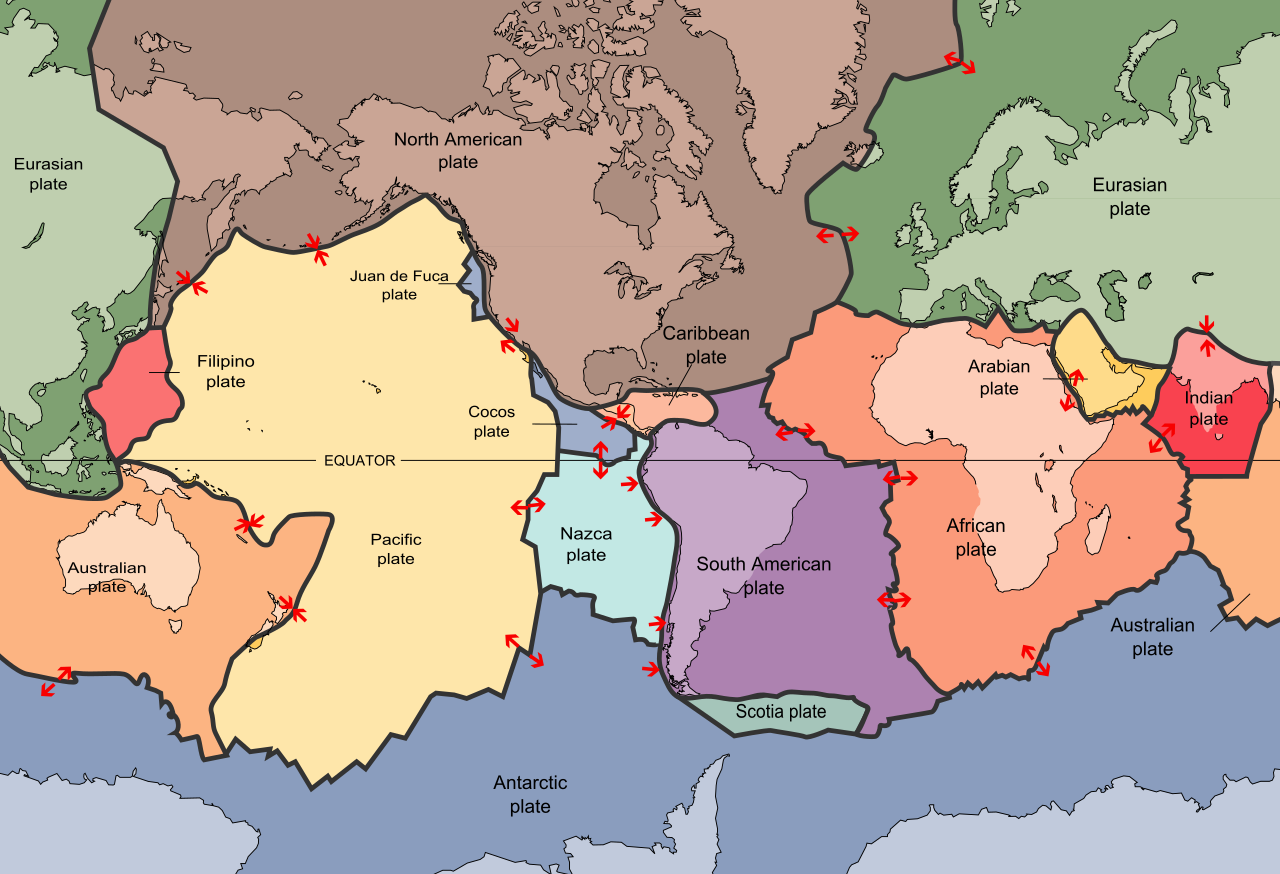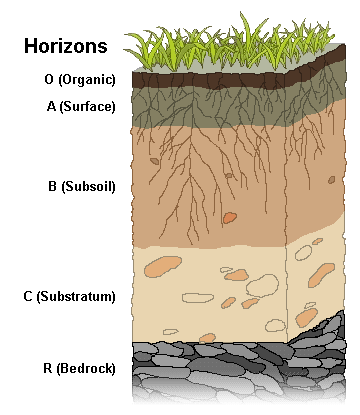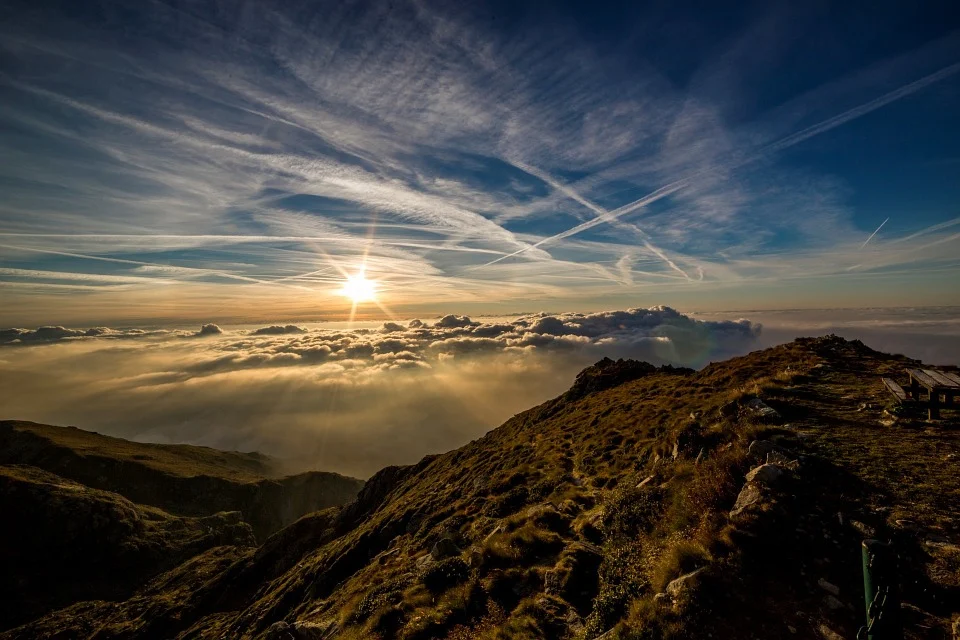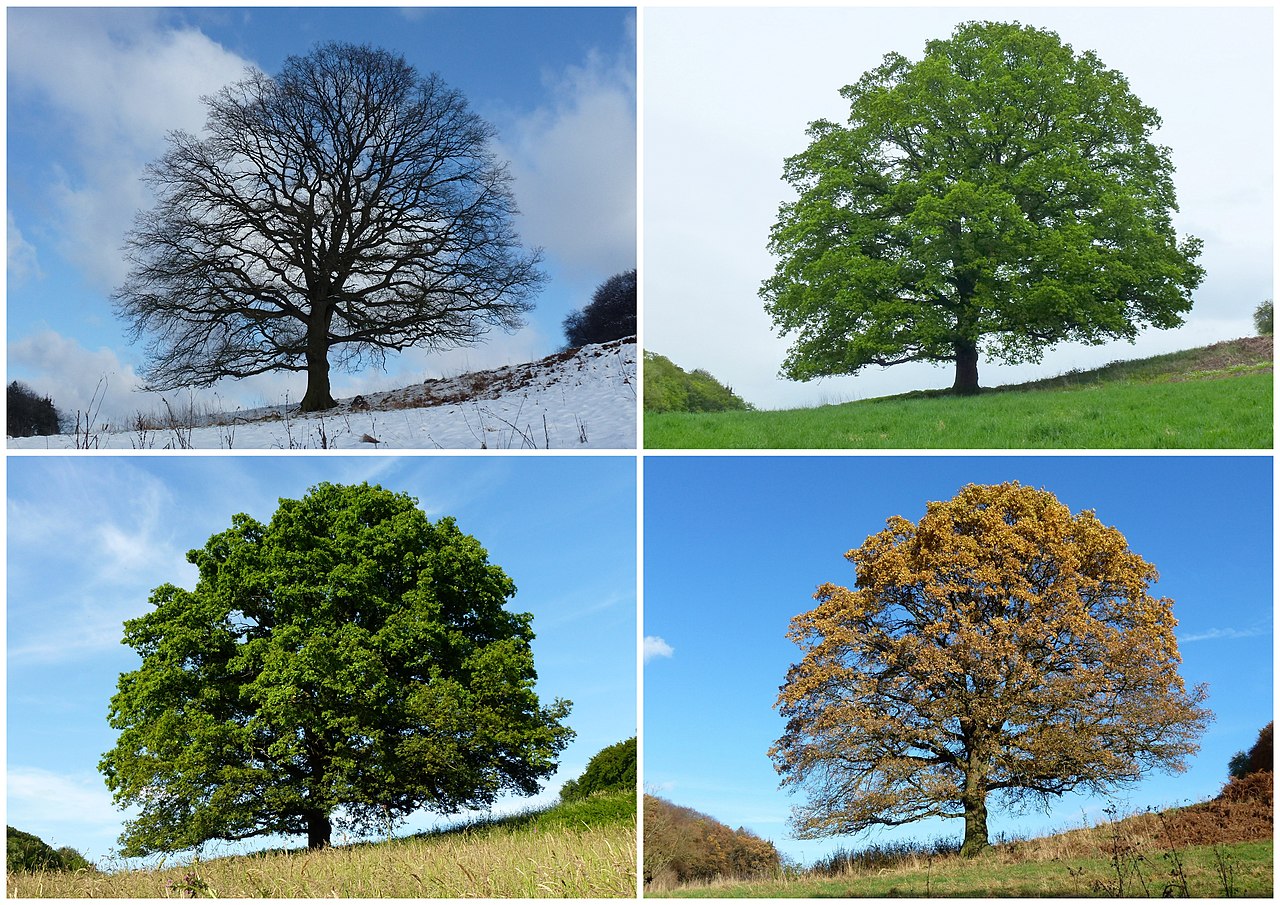4.0 Unit 4 Overview: Earth Systems and Resources
5 min read•june 8, 2021
Cody Williams
Jenni MacLean
AP Environmental Science ♻️
252 resourcesSee Units
Big Ideas
The theme of this unit is Earth’s Systems and Resources. This is important to the course because, in later units, we will learn how humans impact these systems and use these resources. By understanding these systems, you can begin to see how they work together. The main systems and resources we look at in this unit are tectonic plates, soil, atmospheric convection cells, climate and geography, and El Niños and La Niñas.
Plate Tectonics

The Earth's crust is broken into sections called plates. These different plates move around due to currents of molten rock below them. Where the plates come together is called a fault. Fault lines interact differently based on how the plates are moving and can be classified into three major groups:
- Convergent faults are where the plates come together. This typically results in mountains, earthquakes, and volcanoes.
- Divergent faults are where the plates move apart creating seafloor spreading, earthquakes, and volcanoes.
- Finally, transform faults move past each other and create earthquakes.
Understanding the location and type of fault, we can predict the locations of potential earthquakes and volcanoes as well as the resulting impact they can have on human health.
Soil Formation and Erosion

Over time, soil is created by the process of erosion and deposition as well as the slow incorporation of biotic matter. These terms are often confused.. so let's look at them more specifically. Weathering is when parent rock is broken apart by wind, water, or the actions of plants and animals. Then the smaller pieces of rock are eroded away... or moved from one place to another, often by water. They are eventually deposited or dropped in a new place, often piling up to create a layer of soil. These small pieces of rock and minerals are then joined by organic matter (decomposed plant and animal parts) over time. The more time soil has to build up and collect decomposed organic matter the more nutrient-rich it becomes.
Soil is classified by horizons or layers in the following order:
- O horizon - Organic
- A horizon - Topsoil
- B horizon - Subsoil
- C horizon - Weathered bedrock
- R horizon - Bedrock
Humans have dramatically increased the geologic timeline for erosion with large-scale farming. This means that humans cause more soil and nutrients to wash away from the land and reduce its ability to grow plants. We have to add artificial fertilizers in order to replace the nutrients lost.
Earth’s Atmosphere

Earth’s atmosphere is broken into distinct layers based on composition and temperature. Human actions have impacted or dramatically altered these different layers in different ways. The layers of the atmosphere from the most outside to the closest to land are as follows:
The laters that we need to know about for this class are the Stratosphere where the ozone layer exists and the Troposphere where greenhouse gases are.
Humans have impacted these two layers the most drastically. In the stratosphere, the release of Chlorofluorocarbons (CFC’s) caused the unintentional depletion of the natural Ozone layer. As a result, increased UVA and UVB rays reach Earth's surface and cause damage to organisms in the form of sunburns and cataracts. In the troposphere, where all living organisms are, humans have offset the natural composition of greenhouse gasses. By burning fossil fuels like coal, oil, and gas, humans have caused a dramatic increase in global average temperatures.
Solar Radiation and Earth’s Seasons

Incoming radiation from the sun is the main source of energy on Earth and is distributed unevenly due to seasons and latitude. latitude is a measurement of distance away from the equator or the midpoint on Earth. As you look at points farther away from the equator, the rays of light from the sun hit Earth at a more indirect angle and deposit less solar radiation. This causes the environment farther from the equator to be colder and to support less plant life.
Seasons are caused by the fact that Earth is tilted on its axis. As it moves around the sun the northern hemisphere is pointed at the sun in June-August and the southern hemisphere is pointed at the sun around December-February.
Earth’s Geography and Climate
Weather and climate are both influenced by solar radiation and the geographic features on Earth. First, we have to understand the difference in these terms. Climate is long-term trends or patterns in atmospheric conditions (think 30+ years of temperature and rainfall averages). The weather is short-term events or conditions that occur; for example, a statement like "It's raining outside" is a comment on the current weather. The combination of wind patterns and geographic features like mountains create weather and climate conditions on land. Because water and land heat up at different rates, temperature differences occur throughout the day and cause air to move around.
One special condition is the development of rain shadows or a region of land that has become drier because a higher elevation area blocks precipitation from reaching the land. Often, deserts are located behind large mountain ranges that are blocking precipitation.
El Niño and La Niña
El Niño and La Niña are phenomena associated with changing ocean surface temperatures in the Pacific Ocean. This is a concept that always scares students 😟 but don't worry--It's really not scary 😊! The basic idea is that there are naturally occurring winds (trade winds) that push warm ocean water from the equator over towards Australia. This is a typical pattern and creates warm, clear, nutrient-poor waters near Australia and the Indopacific islands. This is great for coral growth 🐠. The movement of warm surface water to the west pacific means that cold, nutrient-rich water is able to upwell from the bottom of the ocean on the east of the Pacific near North and South America. This is great for HUGE amounts of fish and large sea creatures like whales 🐟🐋.
Sometimes an El Niño event will occur, meaning that the trade winds will weaken and the warm water will not move west. Upwelling will slow down in the east pacific as that warm water stays. This causes warm and wet winters in the Americas with a lot of rain and flooding. The fish populations die or move away from the coast and creatures like sea lions suffer. In Australia and the Indo-Pacific, the warm water being gone causes less rain and typically drought and fires.
Alternatively, La Nina events are when stronger trade winds occur and push a lot of warm water away to the West Pacific. This causes much colder ocean temperatures in the Americas and colder harsher winters. It would also result in monsoons and flooding to Australia and Asia.
🎥 Watch: Environmental Science Streams
Browse Study Guides By Unit
🏜Unit 1 – The Living World: Ecosystems
🐠Unit 2 – The Living World: Biodiversity
👪Unit 3 – Populations
🌏Unit 4 – Earth Systems & Resources
🏖Unit 5 – Land & Water Use
⚡️Unit 6 – Energy Resources & Consumption
💨Unit 7 – Atmospheric Pollution
♻️Unit 8 – Aquatic & Terrestrial Pollution
🔥Unit 9 – Global Change
🧐Multiple Choice Questions (MCQs)
✍️Free Response Questions (FRQs)
📆Big Reviews: Finals & Exam Prep

Fiveable
Resources
© 2023 Fiveable Inc. All rights reserved.